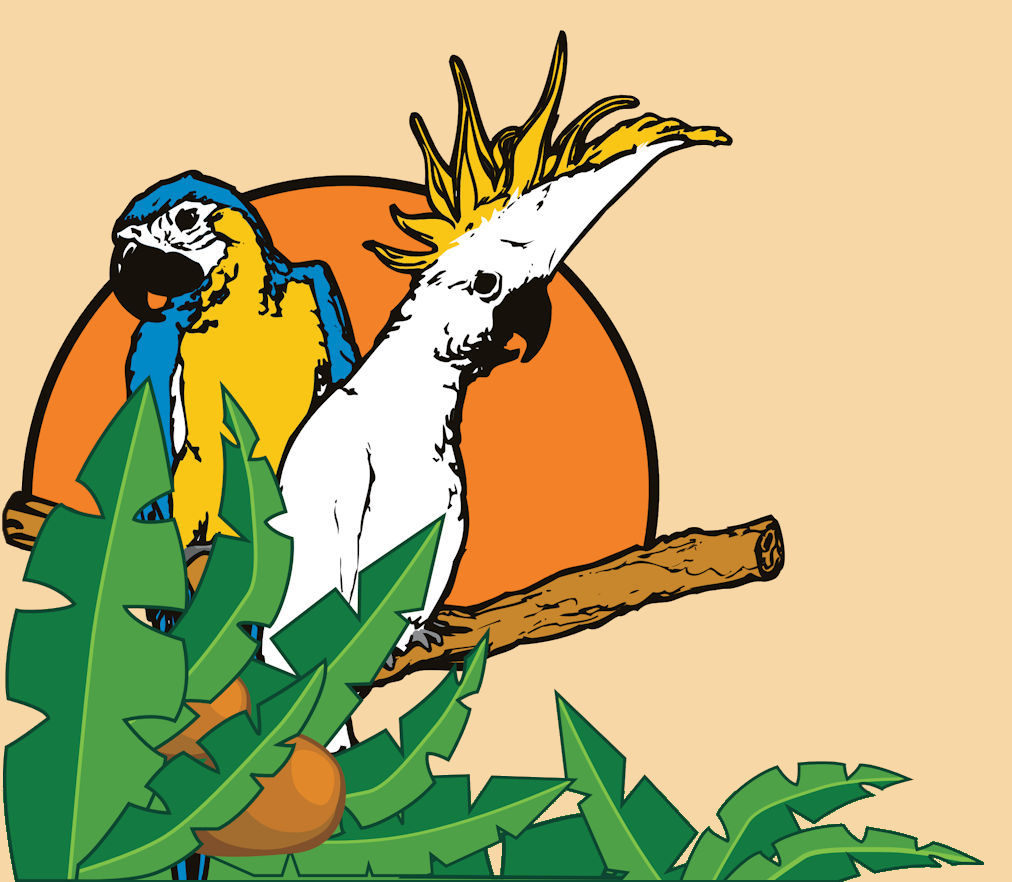Trying to track down a lost bird can be very difficult. You may know they are in the area, but not know how to proceed. Here are some tips for trying to recover an escapee.
1. Place its cage outside in an open area with the door open. Place dishes with its favorite foods & treats inside to entice it.
2. Walk or drive around the area and be vocal. Call out any favorite words or sounds that your bird may respond to. Let neighbors know you are searching as well, and ask them to keep their eyes and ears open.
3. Outside, play recordings of your bird if you have them, or recordings of your other birds in the household.
4. Distribute fliers in the area (many recommend at least a 1 mile radius) with contact information and a photo of your bird. Remember to withhold at least 1 piece of specific information like a band # or a deformity in case you need to ID your bird. Ask local pet stores, vet offices, and local shelters if they can distribute or post your fliers.
5. The internet is a huge resource. Social media sites, forums, online classifieds, and many parrot groups are very helpful in spreading the word about lost parrots.
6. Don’t give up. Parrots are adaptable and can sometimes turn up months later- sometimes still very close to home.
7. Be proactive. Microchipping is now available for birds. Call your local avian vet for more information.
